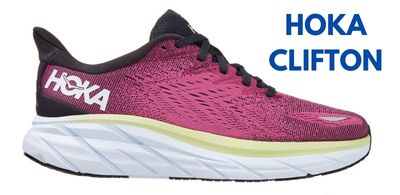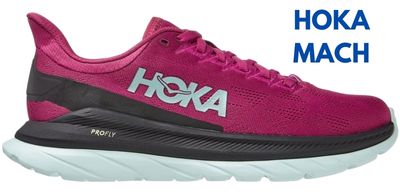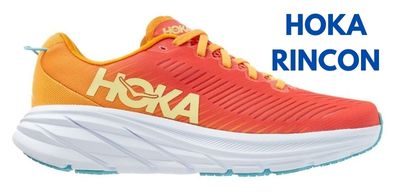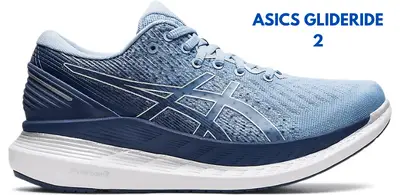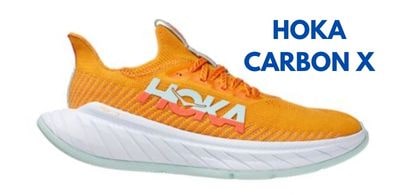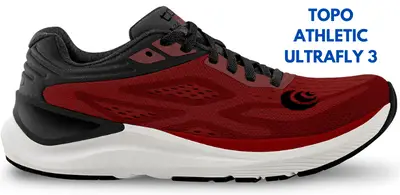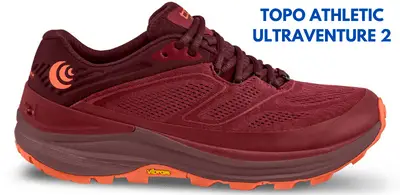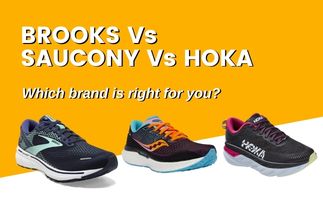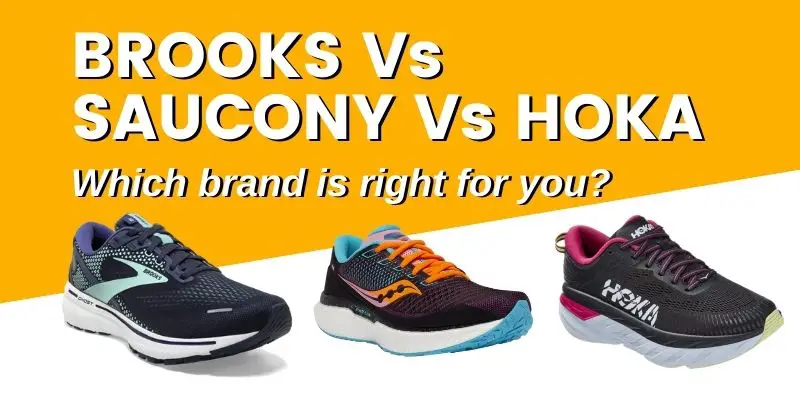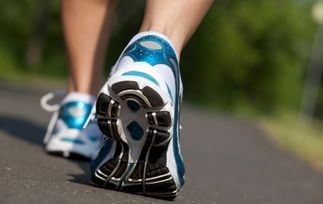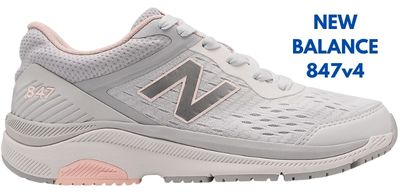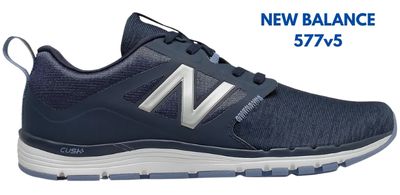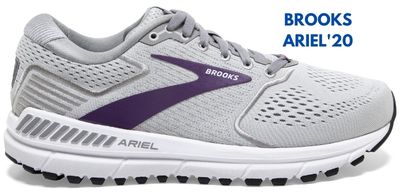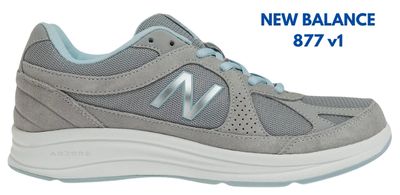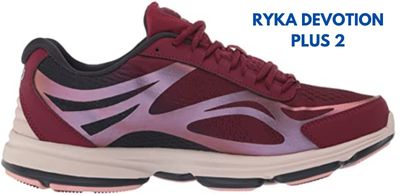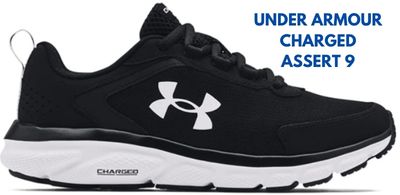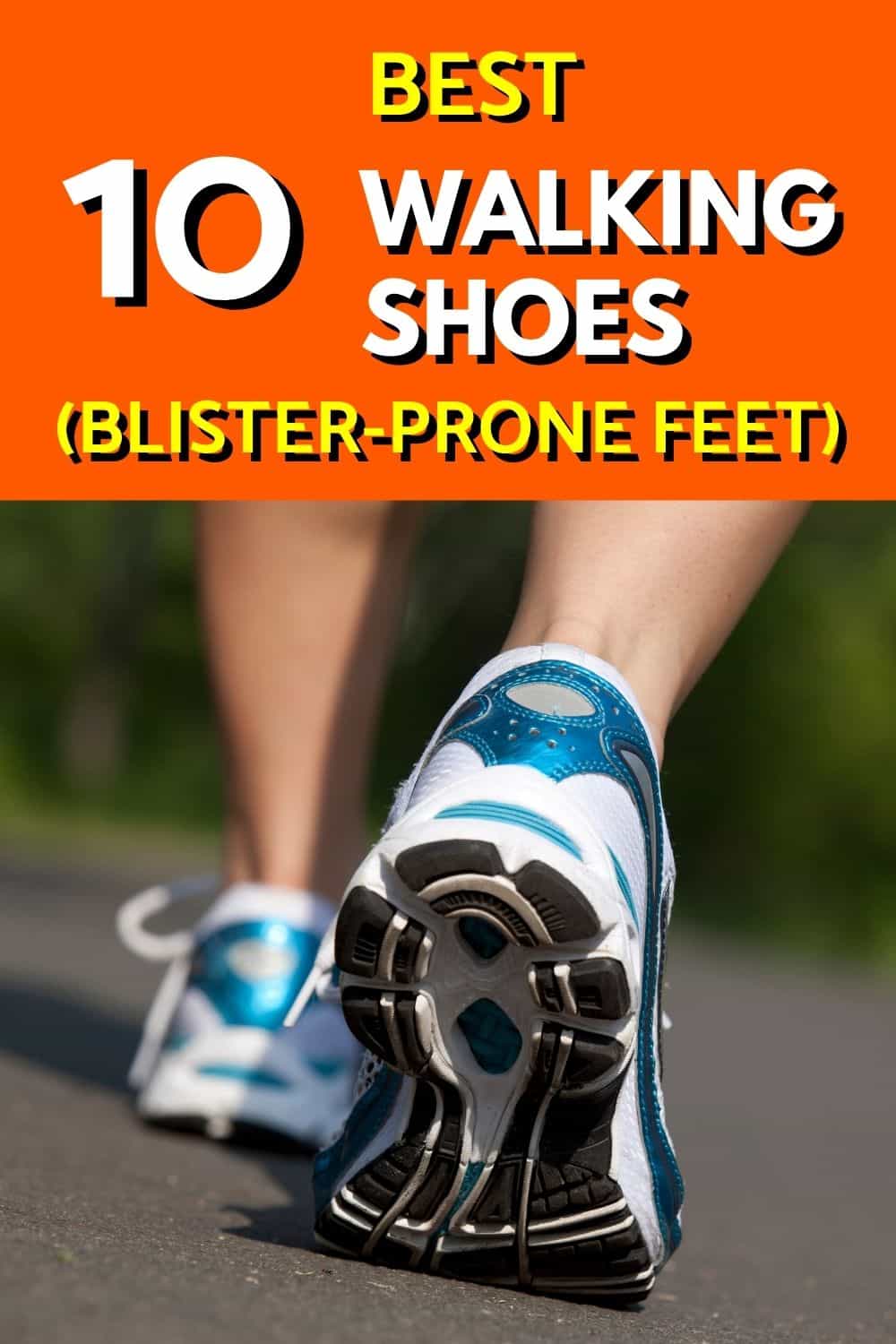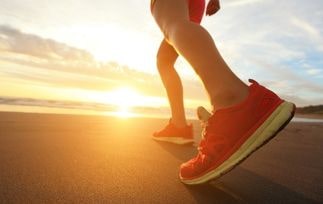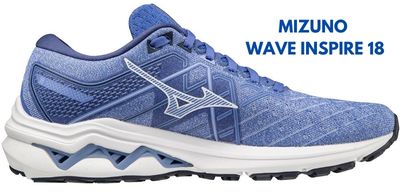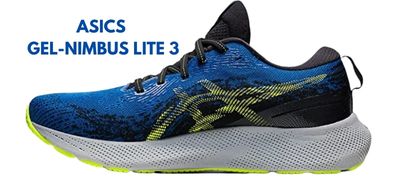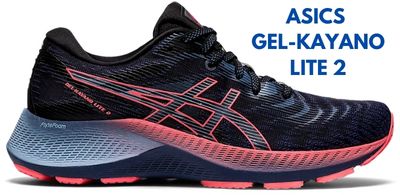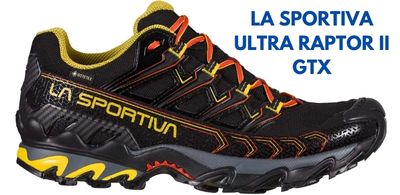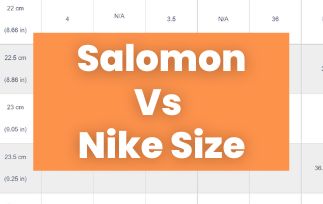
Salomon Vs Nike Sizing: How Different Are They?
Salomon and Nike are two very popular brands of running shoes.
Actually, to say that they only produce running shoes is a bit of an understatement. Both of them produce a lot of other products with Salomon having a fair share of other outdoor equipment.
We will cover that in a future post when we compare the brands as a whole. However, since this post is related to the sizing of Salomon vs Nike, we will focus on that. More specifically on the running footwear that they produce.
There are a lot of similarities between these two brands related to running shoe sizing, but there are a whole lot of differences as well.
Also, before proceeding further, I would like to tell you that, I’ll not be comparing the heel-to-toe drop of Salomon and Nike with each other as I’ve already covered that in this article.
Let’s proceed…
Related: Do Hokas Run Big, Small, Or True To Size?
Asics Gel Kayano Vs Nike Pegasus: Which One Is The Best For You?
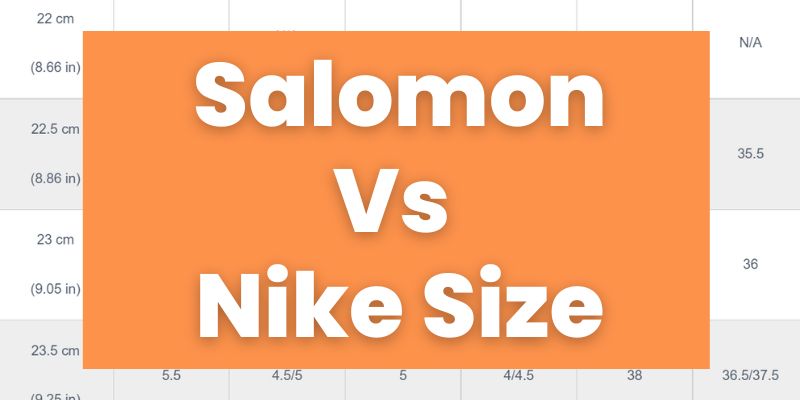
Salmon Vs Nike Sizing: Differences
1. For Nike women’s size starts from 21cm(8.27 in)/4(US)/1.5(UK)/34.5(EU). For Nike women’s size starts from 22cm (8.66 in)/5(US)/3.5(UK)/36(EU).
2. For Salomon men’s size starts from 22cm (8.5 in)/4(US)/3.5(UK)/36(EU). For Nike men’s size starts from 22.5cm (8.86 in)/3.5(US)/3(UK)/35.5(EU).
3. Some of the sizes of Salomon for EU region are represented with fractions like 1/3, 2/3 etc. whereas for Nike it is represented in an increment of 0.5 for the EU region.
4. For some of the sizes from Nike there is a double number representation like 4.5/5 for all the regions. Such a thing is not present in Salomon.
5. For women’s shoes Nike has more sizes than Salomon for smaller pairs and larger pairs as well.
6. For men’s shoes, Salomon has one more smaller size than Nike. However, for the larger pairs, there are many more sizes available in Nike than Salomon.
7. The numbers representing the same lengths of the shoes are completely different for both the brands and you will not be able to relate to it directly.
Related: 10 Best 5mm Drop Running Shoes
Salomon Vs Nike Sizing: Women’s Shoes (cm, inches)
cm (inches) | Salomon (US) | Nike (US) | Salomon (UK) | Nike (UK) | Salomon (EU) | Nike (EU) |
21 cm (8.27 in) | - | 4 | - | 1.5 | - | 34.5 |
21.5 cm (8.46 in) | - | 4.5 | - | 2 | - | 35 |
22 cm (8.66 in) | 5 | 5 | 3.5 | 2.5 | 36 | 35.5 |
22.5 cm (8.85 in) | 5.5 | 5.5 | 4 | 3 | 36 2/3 | 36 |
23 cm (9.05 in) | 6 | 6 | 4.5 | 3.5 | 37 1/3 | 36.5 |
23.5 cm (9.25 in) | 6.5 | 6.7 | 5 | 4 | 38 | 37.5 |
24 cm (9.45 in) | 7 | 7 | 5.5 | 4.5 | 38 2/3 | 38 |
24.5 cm (9.65 in) | 7.5 | 7.5 | 6 | 5 | 39 1/3 | 38.5 |
25 cm (9.85 in) | 8 | 8 | 6.5 | 5.5 | 40 | 39 |
25.5 cm (10.03 in) | 8.5 | 8.5 | 7 | 6 | 40 2/3 | 40 |
26 cm (10.24 in) | 9 | 9 | 7.5 | 6.5 | 41 1/3 | 40.5 |
26.5 cm (10.43 in) | 9.5 | 9.5 | 8 | 7 | 42 | 41 |
27 cm (10.63 in) | 10 | 10 | 8.5 | 7.5 | 42 2/3 | 42 |
27.5 cm (10.83 in) | 10.5 | 10.5 | 9 | 8 | 43 1/3 | 42.5 |
28 cm (11.03 in) | 11 | 11 | 9.5 | 8.5 | 44 | 43 |
28.5 cm (11.23 in) | 11.5 | 11.5 | 10 | 9 | 44 2/3 | 44 |
29 cm (11.03 in) | 12 | 12 | 10.5 | 9.5 | 45 1/3 | 44.5 |
29.5 cm (11.23 in) | 12.5 | 12.5 | 11 | 10 | 46 | 45 |
30 cm (12.03 in) | 13 | 13 | 11.5 | 10.5 | 46 2/3 | 45.5 |
30.5 cm (12.23 in) | 13.5 | 13.5 | 12 | 11 | 47 1/3 | 46 |
31 cm (12.43 in) | 14 | 14 | 12.5 | 11.5 | 48 | 47 |
31.5 cm (12.63 in) | 14.5 | 14.5 | 13 | 12 | 48 2/3 | 47.5 |
32 cm (12.83 in) | 15 | 15 | 13.5 | 12.5 | 49 1/3 | 48 |
32.5 cm (13.03 in) | 15.5 | 15.5 | 14 | 13 | 50 | 48.5 |
33 cm (13.23 in) | 16 | 16 | 14.5 | 13.5 | 50 2/3 | 49 |
33.5 cm (13.43 in) | - | 16.5 | - | 14 | - | 50 |
34 cm (13.63 in) | - | 17 | - | 14.5 | - | 50.5 |
34.5 cm (13.83 in) | - | 17.5 | - | 15 | - | 51 |
35 cm (14.03 in) | - | 18 | - | 15.5 | - | 51.5 |
35.5 cm (14.23 in) | - | 18.5 | - | 16 | - | 52 |
36 cm (14.43 in) | - | 19 | - | 16.5 | - | 52.5 |
36.5 cm (14.63 in) | - | 19.5 | - | 17 | - | 53 |
37 cm (14.83 in) | - | 20 | - | 17.5 | - | 53.5 |
37.5 cm (15.03 in) | - | 20.5 | - | 18 | - | 54 |
38 cm (15.23 in) | - | 21 | - | 18.5 | - | 54.5 |
38.5 cm (15.43 in) | - | 21.5 | - | 19 | - | 55 |
39 cm (15.63 in) | - | 22 | - | 19.5 | - | 55.5 |
39.5 cm (15.83 in) | - | 22.5 | - | 20 | - | 56 |
Download Salomon Vs Nike Size Chart For Women
Related: Topo Vs Altra Sizing Chart: How Different Are They?
Nike Vs Salomon Sizing: Men’s Shoes (cm, inches)
cm (inches) | Salomon (US) | Nike (US) | Salomon (UK) | Nike (UK) | Salomon (EU) | Nike (EU) |
22cm (8.5 in) | 4 | - | 3.5 | - | 36 | - |
22.5cm (8.86 in) | 4.5 | 3.5 | 4 | 3 | 36 2/3 | 35.5 |
23cm (9.05 in) | 5 | 4 | 4.5 | 3.5 | 37 1/3 | 36 |
23.5cm (9.25 in) | 5.5 | 4.5/5 | 5 | 4/4.5 | 38 | 36.5/37.5 |
24cm (9.45 in) | 6 | 5/5.5 | 5.5 | 5.5/6 | 38.5 | 38/38.5 |
24.5cm (9.64 in) | 6.5 | 6.5 | 6 | 6 | 38 2/3 | 39 |
25 cm (9.84 in) | 7 | 7 | 6.5 | 6 | 39 1/3 | 40 |
25.5 cm (10.04 in) | 7.5 | 7.5 | 7 | 6.5 | 40 | 40.5 |
26 cm (10.24 in) | 8 | 8 | 7.5 | 7 | 40 2/3 | 41 |
26.5 cm (10.43 in) | 8.5 | 8 | 8 | 7.5 | 41 1/3 | 42 |
27 cm (10.63 in) | 9 | 9 | 8.5 | 8 | 42 | 42.5 |
27.5 cm (10.83 in) | 9.5 | 9.5 | 9 | 8.5 | 42 2/3 | 43 |
28 cm (11.02 in) | 10 | 10 | 9.5 | 9 | 43 1/3 | 44 |
28.5 cm (11.22 in) | 10.5 | 10.5 | 10 | 9.5 | 44 | 44.5 |
29 cm (11.42 in) | 11 | 11 | 10.5 | 10 | 44 2/3 | 45 |
29.5 cm (11.61 in) | 11.5 | 11.5 | 11 | 10.5 | 45 1/3 | 45.5 |
30 cm (11.81 in) | 12 | 12 | 11.5 | 11 | 46 | 46 |
30.5 cm (12 in) | 12.5 | 12.5 | 12 | 11.5 | 46 2/3 | 47 |
31 cm (12.20 in) | 13 | 13 | 12.5 | 12 | 47 1/3 | 47.5 |
31.5 cm (12.40 in) | 13.5 | 13.5 | 13 | 12.5 | 48 | 48 |
32 cm (12.60 in) | 14 | 14 | 13.5 | 13 | 48 2/3 | 48.5 |
32.5 cm (12.80 in) | 14.5 | 14.5 | 14 | 13.5 | 49 1/3 | 49 |
33 cm (13.0 in) | 15 | 15 | 14.5 | 14 | 50 | 49.5 |
33.5 cm (13.2 in) | - | 15.5 | - | 14.5 | 50 2/3 | 50 |
34 cm (13.38 in) | - | 16 | - | 15 | - | 50.5 |
34.5 cm (13.58 in) | - | 16.5 | - | 15.5 | - | 51 |
35 cm (13.78 in) | - | 17 | - | 16 | - | 51.5 |
35.5 cm (13.98 in) | - | 17.5 | - | 16.5 | - | 52 |
36 cm (14.17 in) | - | 18 | - | 17 | - | 52.5 |
36.5 cm (14.37 in) | - | 18.5 | - | 17.5 | - | 53 |
37 cm (14.57 in) | - | 19 | - | 18 | - | 53.5 |
37.5 cm (14.76 in) | - | 19.5 | - | 18.5 | - | 54 |
38 cm (14.96 in) | - | 20 | - | 19 | - | 54.5 |
38.5 cm (15.16 in) | - | 20.5 | - | 19.5 | - | 55 |
39 cm (15.35 in) | - | 21 | - | 20 | - | 55.5 |
39.5 cm (15.55 in) | - | 21.5 | - | 20.5 | - | 56 |
40 cm (15.75 in) | - | 22 | - | 21 | - | 56.5 |
Download Nike size compared to Salomon (Men)
Related: New Balance Size Chart Vs Nike
Related: Top 15 Best Running Shoes for Morton’s Neuroma Reviewed
Do Nike Run Bigger Or Smaller Than Salomon?
No Nike doesn’t run bigger or smaller than Salomon. The lengths in cm or inches that are present in Salomon are also present in Nike barring a few which lengths are not available in either of the brands.
However, if you try to equate the lengths based on the different numbers other that are used for shoe size representation, then you will have a hard time.
Of all the size comparisons that I’ve done, I’ve not seen so much of number variations between the two brands.
Only a handful of the numbers match with each other for both the brands and the rest are all different.
Also, you cannot apply generalized rules for those numbers as well…They vary so much that I cannot even tell that, from this number to this number Salomon is leading or Nike is leading…or something similar…
So, as always, I’ll tell you to check the shoe length in a more universal unit like cm or inches that way you will be able to avoid this numbering confusion.

Madhusree Basu
Author, Admin
Blogger and a fitness enthusiast. She loves running and Yoga and everything in between. She started running to manage her weight and to eat to her heart’s content. A true foodie at heart she shares whatever knowledge she has gained throughout the years about weight management and fitness.

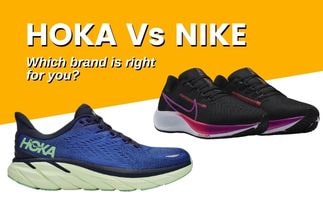

![10 Best 5mm Drop Running Shoes [2022]](https://bestplaygear.com/wp-content/uploads/2022/06/Best-5mm-heel-drop-running-shoes-min.jpg)

